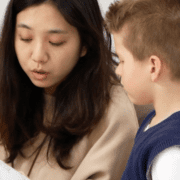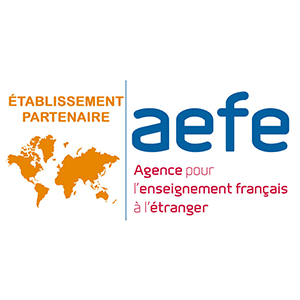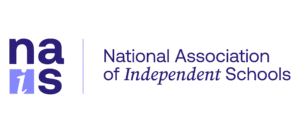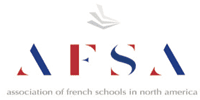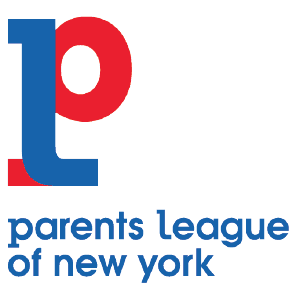If you’re considering adding a second language to your child’s curriculum, you might be wondering how it may affect their academic progress. While many parents are concerned with how the additional language may induce confusion, studies have shown the opposite to be true.
When it comes to language learning, children are actually built to absorb information with higher efficiency and understanding than adults. In fact, some studies have shown that the earlier children are introduced to multiple languages, the more they comprehend throughout the rest of their lives. So why is that?
Language Learning Process
Researchers have spent decades looking at the effects of introducing children to multiple languages at various stages. From early education to post-secondary exposure and beyond, there is a clear shift in not only how we learn, but how effectively we absorb new information.
By understanding how this process works in relation to our age, it becomes clearer why children pick up multiple languages easier than adults do. It all begins with our brain functionality throughout our various life stages.
Brain Functionality
To understand why children pick up linguistics so much easier than adults do, we must first look at how their brains process information. According to researchers, children’s brains function in a manner that’s designed to have maximum absorption. Over time, our brains adapt and begin functioning on a more streamlined level, decreasing the potential absorption of new information.
Neurology professor at UCLA, Dr. Paul Thompson, explains that at age 11, our brains begin to change. At our earliest education ages, our brains are primed for absorbing information at impressive rates by using the “deep motor” portion, or prefrontal cortex. As we age, this section of our brain levels off its growth and slowly begins to decline. As a result, it becomes more difficult for us to take on new language information at the same rate as younger children.
“Young children are hard-wired to learn language in the first few years of life,” explains HowToAdult.com. As a result, children learn by immersion and picking up language clues around them, whereas adults and older children must make an effort to study the subjects and master the language rules.
When we near puberty, our brains begin to change and along with it, our language learning process. In fact, researchers now believe there is a window of prime opportunity for picking up multiple languages: from birth until mid-childhood hormonal changes. During this time, it is believed that our brains are optimized for naturally picking up communication skills, multiple languages included.
Learning Without Trying
The difference between how children and adults pick up languages, begins with brain functionality, but certainly doesn’t end there. To better understand why children master bilingualism much easier than those older than them, you must also consider the methods of learning.
When young children begin learning a new language, it’s most often due to being immersed in the language at home. In other words, they are surrounded by others who frequently use the language around them, and they begin to pick up the new linguistics as a matter of hearing it used regularly.
On the contrary, most older children and adults who begin to study a new language do so because they are consciously choosing to. In these instances, the individual is essentially using a different portion of the brain, which is focused more on memorization than immersion.
“To make this easier to understand, think of it like listening to a song. When you listen to a song enough times, you learn the rhythms and lyrics whether you like it or not; this is unconscious learning, similar to how children learn languages,” explains PSU.edu.
How We Learn
Understanding that children learn languages differently than adults is just part of the equation. Picking up the complexities of a new language is more than being immersed in constant conversation and having the brain wired for comprehension.
Though these are certainly key aspects of why children learn languages faster, there are other factors to consider as well. For starters, children are much less concerned with mastering a language and more concerned with simply being able to use it.
What does this mean? Children pick up languages by using association – learning by seeing and doing things simultaneously. On the contrary, as we become older, language learning is more deliberate and focuses on studying grammatical rules, making it a different process altogether.
Creativity and Openness
Furthering the concept of immersion learning and brain functionality differences, children are also much more flexible in interpretation of what they see. As we age, we tend to switch to a much more fixed vision of things as a result of years of discovery and information absorption.
All of our life experiences give way to our minds basically seeing things and classifying them based on what we have already learned. This is a much more rigid viewpoint that can inhibit our ability to pick up new information. Children, on the other hand, are much more open to creative thinking and, by extension, learning new concepts.
Uninhibited Learning
Furthering the process of immersion learning, children have a tendency to be much more fearless and determined to push forward with learning. Children are rewarded for trying to speak difficult words and applauded for their strides in learning. As a result, they don’t fear looking foolish for not understanding something as older children and adults often do.
Without inhibitions holding them back, children are much freer to enhance their language learning skills. They do this by being vocal and repeating what they hear, strengthening their understanding of linguistics simultaneously.
Mastering Language
In the earliest years, children are not expected to master linguistics. They are praised for their strides in learning and language is applauded at the most rudimentary levels. We don’t expect children to speak on the same level of comprehension as older children and adults which also helps them to grasp bilingualism faster.
“Very young children don’t need to master the complexity of language that older children and adults need to communicate well. They know fewer words and use simpler sentence structures, which means they have less to learn,” explains HowToAdult.com.
Since there are so many factors that can influence how easily we pick up multiple languages, it’s difficult to pinpoint the prime conditions for learning. However, it’s evidenced that children have a distinct advantage for mastering bilingualism in their earliest years over all other age ranges.



